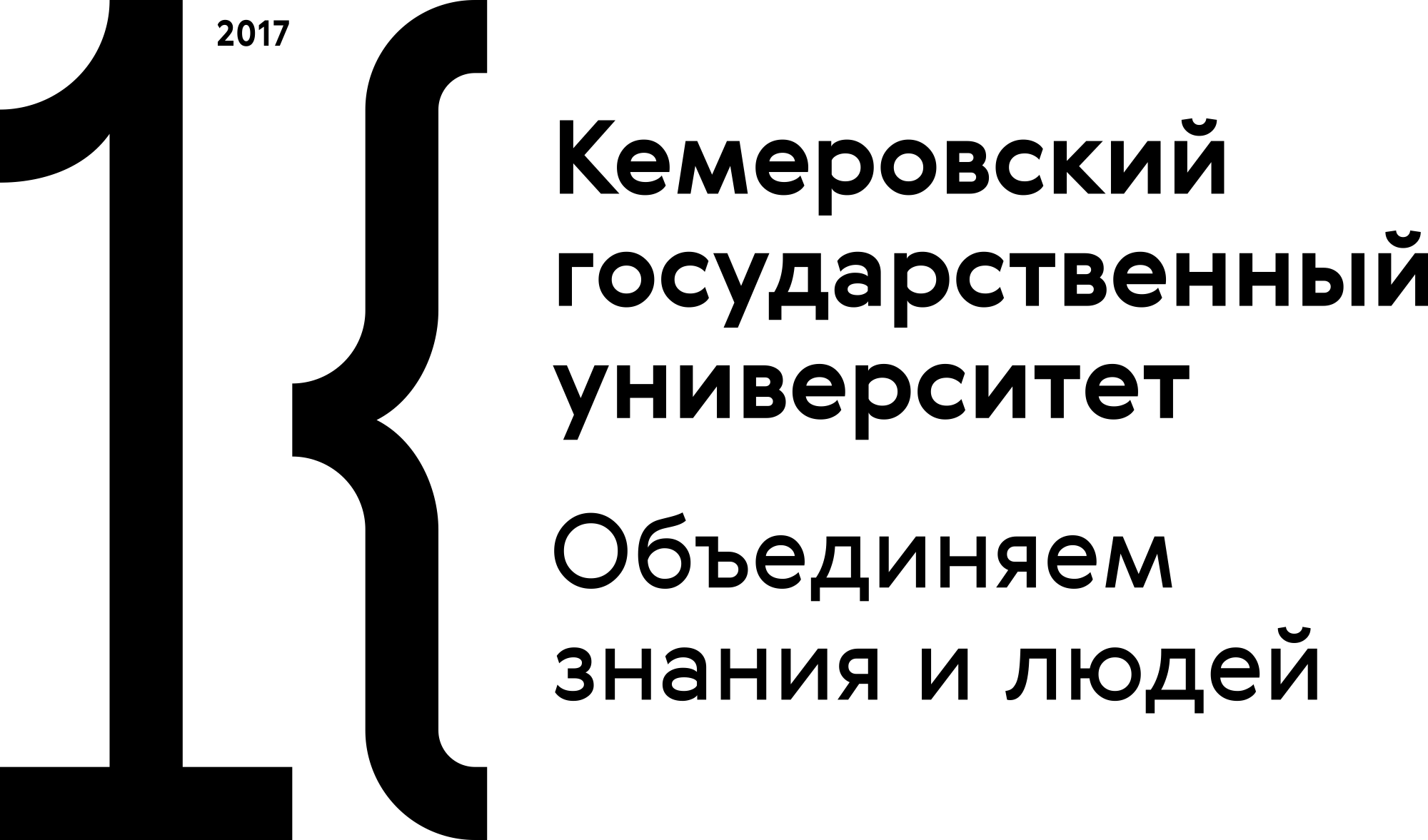Россия
Россия
Россия
ГРНТИ 27.01 Общие вопросы математики
ГРНТИ 31.01 Общие вопросы химии
ГРНТИ 34.01 Общие вопросы биологии
We show that multiple-photon absorption of radiation from a 10.56 μm cw CO2 laser by intermediates (ethylene, vinylidene) generated in pure acetylene flow makes them decompose to carbon dimers and excited hydrogen. The latter associates with downstream acetylene to feedback those laser absorbing intermediates thus making the reactions self-sustained in the absence of oxygen. This process is different from acetylene self-decomposition that may occur at higher temperature and pressure. The results of our work may be useful for understanding the generation of various carbon allotropes and interstellar dust from acetylene.
Laser-driven reactions, acetylene decomposition
1. Jager C., Mutschke H., Henning Th., and Huisken F. Spectral Properties of Gas-phase Condensed Fullerene-like Carbon Nanoparticles from Far-ultraviolet to Infrared Wavelengths. The Astrophysical Journal, 2008, vol. 689, no. 1, pp. 249-259.
2. Biennier L., Georges R., Chandrasekaran V., et al. Characterization of circumstellar carbonaceous dust analogues produced by pyrolysis of acetylene in a porous graphite reactor. Carbon, 2009, vol. 47, no. 14, pp. 3295-3305. DOI:https://doi.org/10.1016/j.carbon.2009.07.050.
3. Pikhitsa P.V., Kim Y.J., Kim M.W., Yang S., Noh T.W., and Choi M. Optical manifestations of the condensation of topological defects in continuous layer multishell carbon nanoparticles. Physical Review B, 2005, vol. 71, no. 7, p. 073402. DOI:https://doi.org/10.1103/PhysRevB.71.073402.
4. Cami J., Bernard-Salas J., Peeters E., and Malek S.E. Detection of C60 and C70 in a Young Planetary Nebula. Science, 2010, vol. 329, no. 5996, pp. 1180-1182. DOI:https://doi.org/10.1126/science.1192035.
5. Linnartz H., Wehres N., Van Winckel H., et al. A coincidence between a hydrocarbon plasma absorption spectrum and the λ5450 DIB. Astronomy and Astrophysics, 2010, vol. 511, L3. DOI: https://doi.org/10.1051/0004-6361/201014019.
6. Choi M., Altman I.S., Kim Y.J., Pikhitsa P.V., et al. Formation of Shell-Shaped Carbon Nanoparticles Above a Critical Laser Power in Irradiated Acetylene. Advanced Material, 2004, vol. 16, no. 19, pp, 1721-1725. DOI:https://doi.org/10.1002/adma.200400179.
7. Förster J., Hagen Th., von Hoesslin M., and Uhlenbusch J. Journal of Applied Physics, 1996, vol. 62, 263.
8. Pikhitsa P.V., Kim Y.J., and Choi M. Proc. of 4th Asian Aerosol Conference. Mumbai, 2005, pp. 18-19.
9. Gonzalez-Aguilar J., Moreno M., and Fulcheri L. Carbon nanostructures production by gas-phase plasma processes at atmospheric pressure. Journal of Physics D: Applied Physics, 2007, vol. 40, no. 8, p. 2361.
10. Chekalin N.V., Letokhov V.S., Lokhman V.N., and Shibanov A.N. Primary products of multiphoton dissociation of the C2H4 molecule in an intense IR field. Chemical Physics, 1979, vol. 36, no. 415-421. DOI:https://doi.org/10.1016/0301-0104(79)85025-9.
11. Gordienko V.M., Danilov E.O., Platonenko V.T., and Slobodyanyuk V.A. Multiphoton excitation and dissociation of ethylene by intense 10 μm picosecond pulses. Journal of Molecular Structure, 1995, vol. 349, pp. 219-221. DOI:https://doi.org/10.1016/0022-2860(95)08748-K.
12. Letokhov V.S. Nonlinear laser chemistry: Multiple-photon excitation. Springer Series in Chemical Physics, vol 22. New York, 1983.
13. Payne W.A. and Stief L.J. Journal of Chemical Physics, 1976, vol. 64, pp. 1150.
14. Maluendes S.A., McLean A.D., and Herbst E. New calculations on the ion-molecule processes C2H+2 + H2 → C2H+3 + H and C2H+2 + H2 → C2H+4. Chemical Physics Letters, 1994, vol. 217, pp. 571-576. DOI:https://doi.org/10.1016/0009-2614(93)E1427-I.
15. Toyoda H., Childs M.A., Menningen K.L., Anderson L.W., and Lawler J.E. Ultraviolet spectroscopy of gaseous species in a hot filament diamond deposition system when C2H2 and H2 are the input gases. Journal of Applied Physics, 1994, vol. 75, no. 6, pp. 3142. DOI: https://doi.org/10.1063/1.356169.
16. Smith J.A., Cameron E., Ashfold M.N.R., Mankelevich Y.A., and Suetin N.V. In the mechanism of CH3 radical formation in hot filament activated CH4/H2 and C2H2/H2 gas mixtures. Diamond and Related Materials, 2001, vol. 10, no. 3-7, pp. 358-363. DOI:https://doi.org/10.1016/S0925-9635(00)00443-X.
17. Huang J.Y., Chen S., Ren Z.F., Chen G., and Dresselhaus M.S. Real-Time Observation of Tubule Formation from Amorphous Carbon Nanowires under High-Bias Joule Heating. Nano Letters, 2006, vol. 6, no. 8, pp. 1699-1705. DOI:https://doi.org/10.1021/nl0609910.
18. Morjan I., Voicu I., Dumitrache F., et al. Carbon nanopowders from the continuous-wave CO2 laser-induced pyrolysis of ethylene. Carbon, 2003, vol. 41, no. 15, pp. 2913-2921. DOI:https://doi.org/10.1016/S0008-6223(03)00381-6.
19. Kozlov G.I. Some laws governing laser beam ignition of an ethylene stream in air.Technical Physics Letters, 1997, vol. 23, no. 12, pp. 964-965. DOI: https://doi.org/10.1134/1.1261751.
20. Azami T., Kasuya D., Yoshitake T., et al. Production of small single-wall carbon nanohorns by CO2 laser ablation of graphite in Ne-gas atmosphere. Carbon, vol. 45, no. 6, pp. 1364-1367. DOI:https://doi.org/10.1016/j.carbon.2007.02.031.










